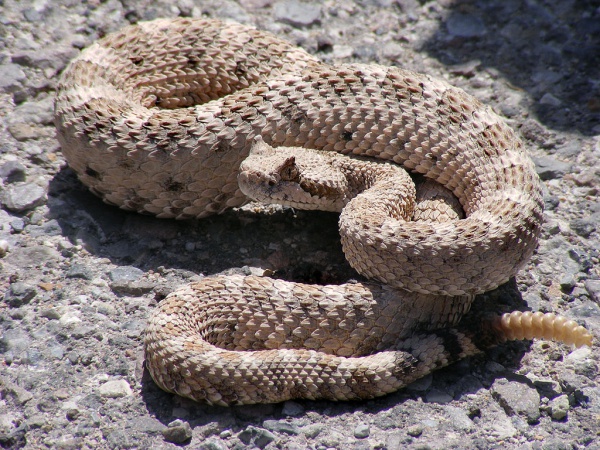Facts About Sidewinder
The sidewinder, also known as the horned rattlesnake or sidewinder rattlesnake, is a captivating venomous pit viper native to the desert regions of the southwestern United States and northwestern Mexico. These nimble snakes can reach speeds of up to 18 mph and are classified into three recognized subspecies. Adult sidewinders typically measure between 43 and 76 cm in length, with females generally being larger than males.
One of the sidewinder's notable features is its keeled dorsal scales and raised supraocular scales above its eyes, which help protect the eyes and keep out sand. These snakes also possess the remarkable ability to change color, a phenomenon known as metachrosis, enabling them to adapt their coloration based on temperature.
Fortunately, sidewinders are not at risk of extinction. They are listed as Least Concern on the IUCN Red List due to their broad distribution and stable population. Their distinctive sidewinding motion allows them to move efficiently across sandy terrain, making them well-adapted to their desert environment.
Sidewinders are nocturnal during the hot months and become more active during the day in cooler months. Juveniles have a clever method for catching prey—they use their tails to lure in unsuspecting victims.
In terms of reproduction, female sidewinders can give birth to up to 18 live young. These offspring stay with their mother briefly before venturing out on their own. The mating process is lengthy, involving males stimulating females, and can last several hours. Sidewinders have a relatively short natural lifespan, with females living about five years.
Though sidewinders possess venom, it is less potent than that of some other rattlesnakes. Nevertheless, a bite can still cause significant pain, swelling, and systemic symptoms such as nausea and shock. Treatment typically involves antivenom, with CroFab being a commonly used option.

 Canada
Canada